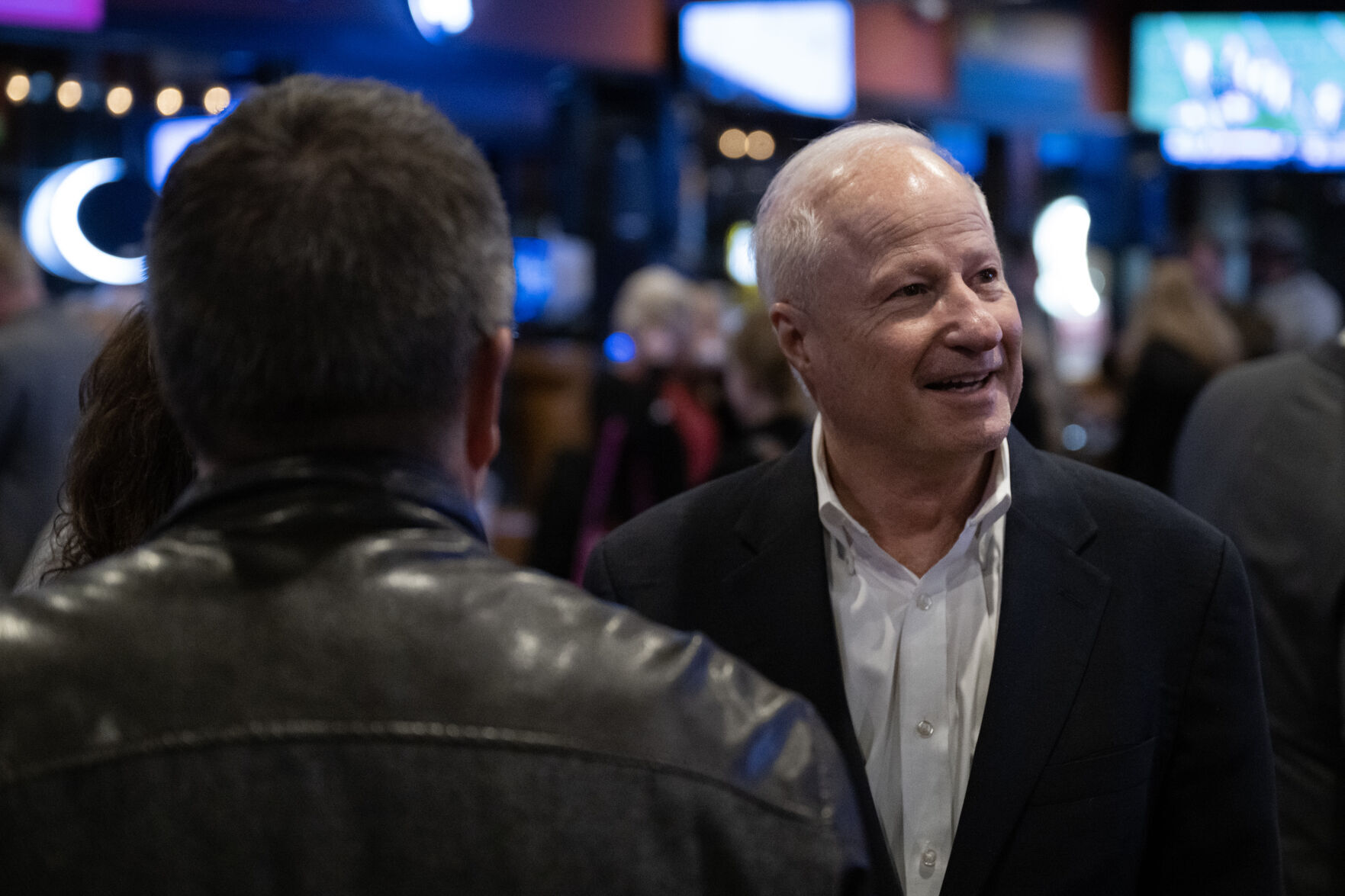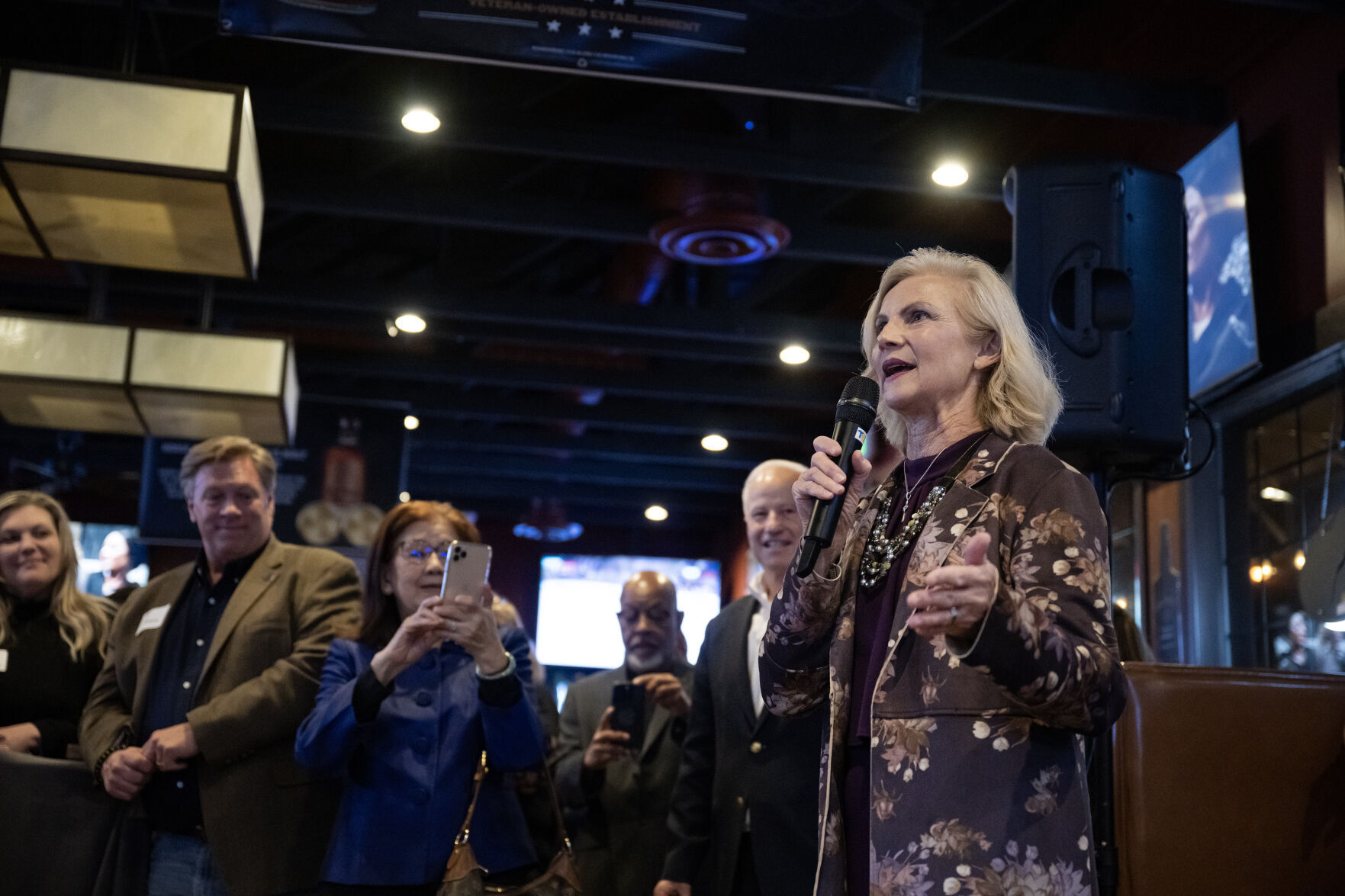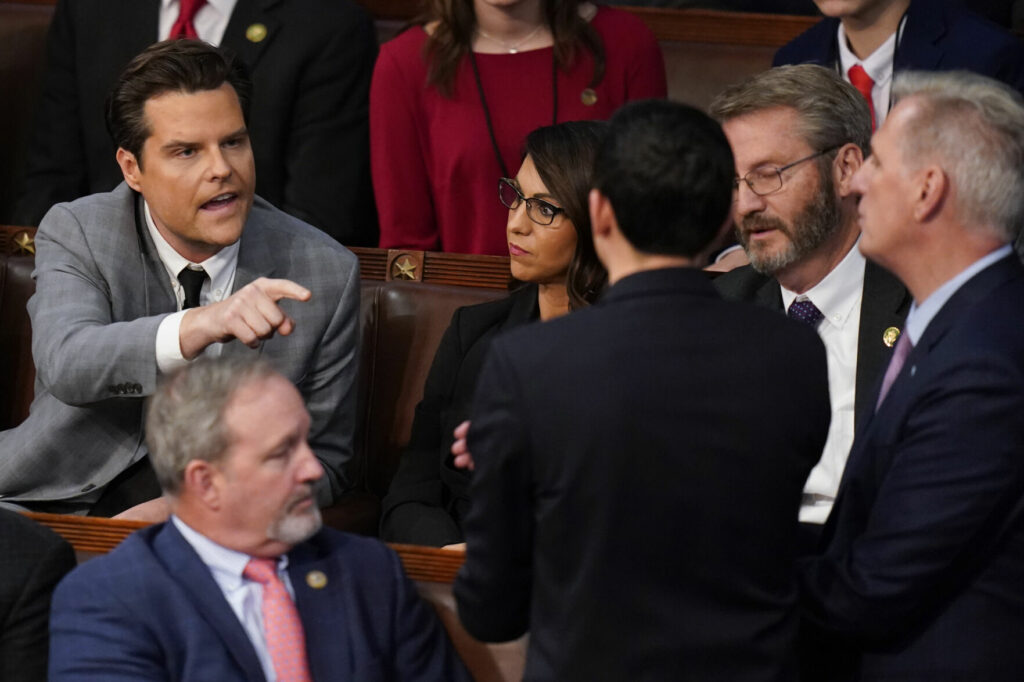Aurora council’s swing further right ‘insulates’ city from more progressive ideas

As Aurora’s city council swings further right following Tuesday’s election, conservative councilmembers said it strengthens their position and “insulates” the city from progressive ideas that – without explicitly saying so – neighboring Denver has embraced.
Though the city’s political races are nonpartisan, conservative members currently hold a 6-4 majority on the council. If Tuesday’s election results hold, two ward council seats previously held by progressives would go to conservatives and one at-large council seat would go to a progressive candidate. Conservatives currently occupy all four of the at-large seats, two of which were up for grabs on Tuesday.
That means conservatives will gain a seat, bolstering their majority to 7-3.
Mike Coffman said the swing to the right won’t necessarily affect how council currently runs, but will serve as a preventive measure.
“I don’t think the new council will alter the policy direction of the city from where we have been over the last two years,” Coffman told The Denver Gazette. “It will certainly insulate us from going back to where we were during my first two years as mayor.”
Broadly speaking, the councilmembers want similar outcomes, but Curtis Gardner, who is poised to retain his at-large seat, noted how they differ in their preferred paths to reaching those results.
Like Coffman, Gardner said a strengthened conservative majority will likely not have a huge affect on the city’s policymaking.
“At the end of the day, we want the same things, like safe schools, affordable housing, good quality of life. It’s just how we accomplish those goals that differs,” Gardner said. “I think that if we stick to city issues, rather than national and international issues, that will eliminate a lot of partisan disagreements.”
Alison Coombs, a progressive who is poised to win one of the at-large seats, said if the current results hold, “This is a sad day for Aurora.”
“If council does shift to a more conservative body, I think they will continue doing exactly what they’ve been doing, with few exceptions,” Coombs said. “They will block worker protections and tenant protections, and operate in the fantasy land where we can punish our way out of every problem.”
Coombs remains optimistic that the outstanding votes can change the election outcomes to favor her progressive allies, she said.
The race for mayor is practically over, save the official declaration. Coffman easily defeated his progressive competitor, Juan Marcano. As of results midday Wednesday, Coffman was up 54.39% over Marcano, who trailed with 38.59% and Jeffrey Sanford, who fell far behind with 7.03%.
Meanwhile, Stephanie Hancock leads over her progressive competitor Jonathan Gray, 54.36% to 45.64%, for the Ward IV council seat.
In Ward V, Angela Lawson holds the edge over Chris Rhodes, 61.05% to 38.95%.
In Ward VI, incumbent Francoise Bergan also holds a wide lead over her Brian Matise, 61.8% to 38.2%.
In the at-large council race, in which two candidates will be chosen, Coombs leads with 28.2% and Gardner trails closely behind, with 27.6%.
In third and fourth place respectively are conservative candidate Jono Scott, with 22.27%, and progressive candidate Thomas Mayes, with 21.93%.
While many of the conservative candidates want to enhance punishments for crime to address public safety, the progressive candidates favor another approach, arguing tackling the root issues of crime is a better way to make the city safer.
When it comes to homelessness, conservatives lean toward increasing enforcement and “treatment-first” models, while progressives emphasize “housing first” approaches.
Bergan believes housing people first “does not do any good without offering resources,” while Matise advocates for a “housing first” model, saying it is cheaper to prioritize housing than it is to prioritize enforcement.
The city of Aurora has three classifications of election officials: an at-large mayor, four at-large council members and six ward council members, who represent the wards that section the city.
The 10 councilmembers are part-time elected officials, meaning they may all have jobs in addition to their roles in council. The mayor’s position is full-time.















